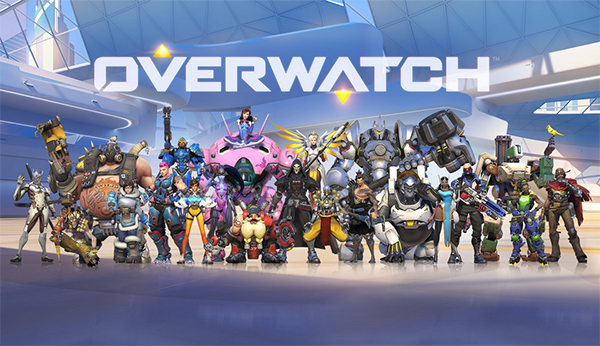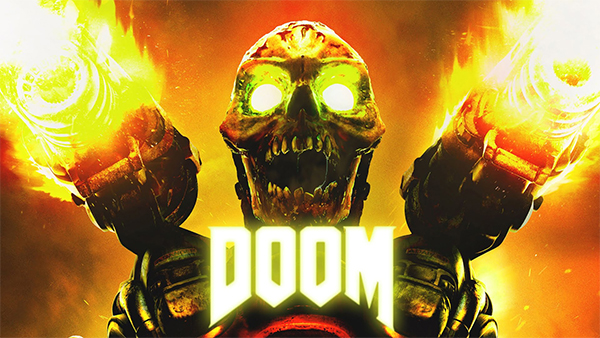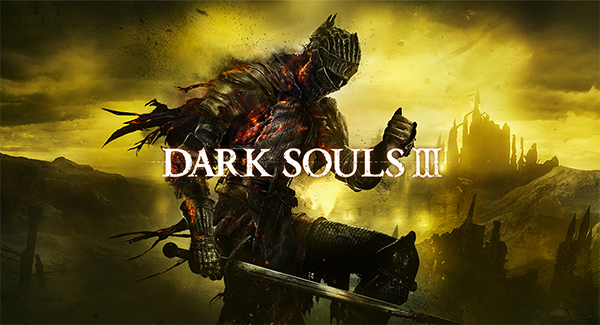The gaming industry grows larger every year. Total worldwide revenue is expected to reach $99.6 billion by the end of 2016. Considering the rise of mobile games and increased social reach of streamers and content creators, game studios have to embrace the changing industry landscape. Below are some major titles and how they might revolutionize the industry.
Overwatch
Despite complaints about the direction Blizzard might be taking with World of Warcraft and initial complaints about Diablo III, Blizzard still remains a trusted and recognized brand among the gaming community. You could say Blizzard’s success with Overwatch is simply because it is their first new IP in 17 years. It might also be tempting to view it as an evolution of the MOBA (multiplayer online battle arena) genre. Yet what Blizzard really revolutionized was not a core gameplay mechanic but the way in which a company could market and build a community around a new game.
What really stoked the frenzy was Blizzard’s community building strategy. They invited prolific streamers and experienced first-person shooter players to test out the game and spread the word about its impending release. This openness about the project created a huge fan following leading to high-quality fan art and a huge surge of Overwatch cosplay even before the game’s initial release. Blizzard continues to improve goodwill among players by listening to issues and making changes as necessary. It shows a clear shift in the industry from simply expecting people to buy games based on the studio to interacting and communicating with fans frequently.
Doom
In 1993, the original Doom pretty much birthed our idea of the first person shooter. Other developers then refined the gameplay and mechanics until Halo’s release, which essentially redefined the market. Since then, the Doom franchise has suffered from poor sequels and eventually disappeared after Doom 3 back in 2004. Doom 4 was announced a few years later, but it went through numerous builds and designs until it was restarted in 2011. It was eventually unveiled simply as Doom in 2014.
While plenty of people had their doubts about rebooting a classic game, id Software managed to hit all the right marks. They improved upon the core mechanics and gameplay while still maintaining the over-the-top and gory style fans loved. It’s fast-paced nature keeps it exciting and punching an enemy to death is still supremely fun. What does this spell for the game industry? Hopefully it will inspire other studios to remake some of their own classic work. How about rebooting Secret of Mana, Square Enix?
Dark Souls 3
The series made a huge splash when From Software released the first game back in 2011, following the more cult hit Demon’s Souls, which arrived just two years earlier. Despite some issues, it was a huge success among gamers because of its depth and notable difficulty. It reminded the industry that gamers didn’t need to be handheld through long tutorials or get a constant stream of hints on how to defeat enemies and bosses. In fact, it proved that many people reveled in the challenge.
Yet Dark Souls 3 isn’t just about difficulty. It’s storytelling intertwined with gameplay at its most effective. Traveling between points is a long and arduous journey because every enemy has the ability to kill you. It makes traveling between areas successfully that much more rewarding and realistic.
Besides this, it also provides a sense of tension and drama every time you leave an area into the unknown. You have no idea what new enemies might appear, so you always need to be vigilant. The open-world exploration emphasizes this feeling. Along the way you also unlock other parts of the story through NPCs and even item descriptions. The lush environment and amazing character design also help build the world while the masterfully designed combat help keeps you engaged.
Dark Souls 3 shows that not only can studios make a difficult game enjoyable; they can also find ways to tell a story without a glut of heavy-handed cinematics. Developers can weave the story into every aspect of the game from the graphics to the mechanics.
Conclusion
These three games offer enjoyable gameplay experiences while serving as examples of the changes occurring in the video game industry. Of course, there are many more changes on the horizon. The virtual reality market grows as you read this. Other markets are starting to emerge, and female gamers are just about as common as their male counterparts. The rise of Virtual Private Networks to get by regional content restrictions and the globalization of gaming mean that global communities exist instead of regional ones. Many developers are looking for ways they can lead the charge on these hot topics.
What are some industry trends that you’re noticing in the popular games of 2016? Do you think anything else is going on in the industry that we should know about? Let us know in the comments below!





















